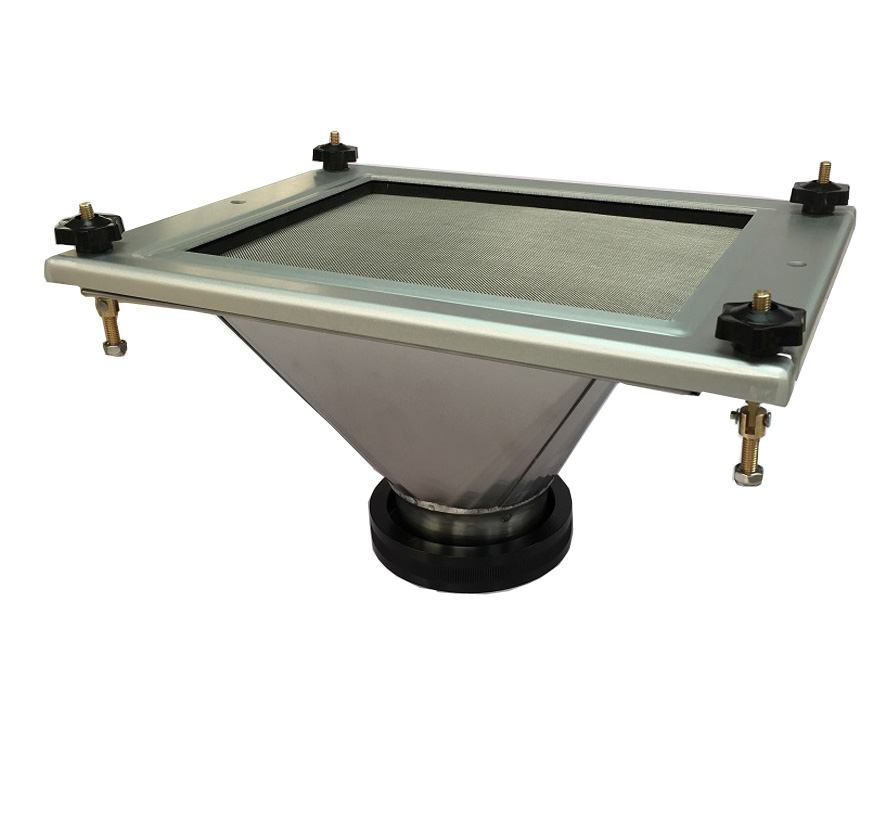Ensuring the accuracy of air samplers is crucial in industries like environmental monitoring and pharmaceutical manufacturing. Regular calibration and maintenance are key to obtaining reliable data. This comprehensive guide details the steps required to calibrate and maintain an air sampler, focusing on the importance of using properly calibrated instruments such as calibrators for air sampler and maintaining the integrity of the air sampler probe.
Step 1: Gather The Necessary Equipment
To begin the calibration and maintenance process, it's important to prepare by gathering the following items:
Air Sampler:The centerpiece of the process, which should be in optimal working condition and appropriate for your specific needs.
Calibrators for Air Sampler: These devices are crucial for ensuring that your air sampler is providing accurate readings. Ensure you have the right type of calibrator for the parameters you're measuring.
Calibration Standards And Certified Instruments: High-quality standards and instruments, traceable to national or international standards, are non-negotiable for credible calibration.
Tools and Cleaning Supplies: Various hand tools may be needed for adjustments, along with lint-free cloths and isopropyl alcohol for cleaning the air sampler probe and other components.
Manufacturer's Manual and Documentation:The manufacturer's guidelines are your primary resource for calibration and maintenance instructions specific to your air sampler model.
Personal Protective Equipment (PPE):Essential for safety during the calibration process, especially when handling calibration gases, which can be hazardous.
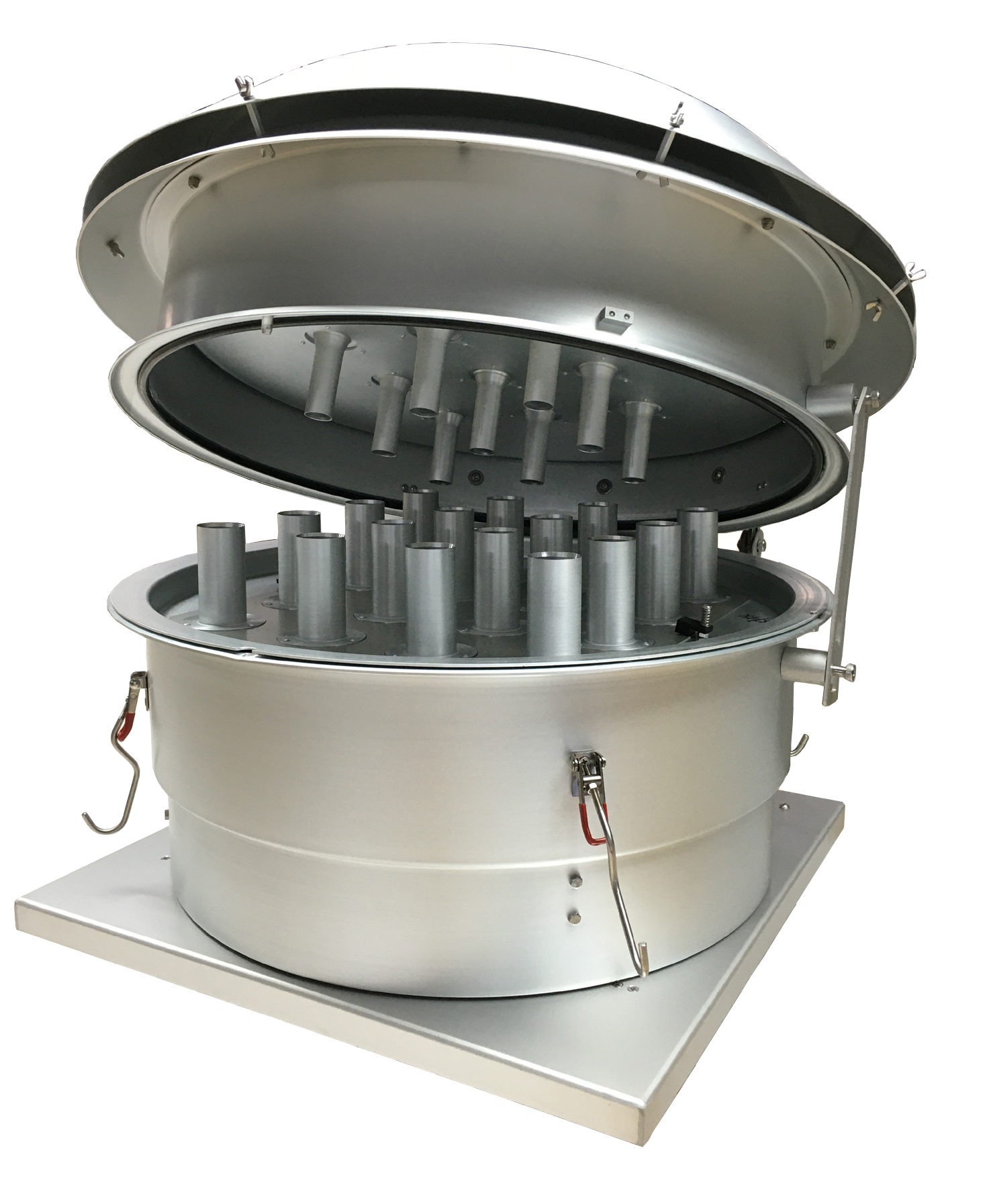
Step 2: Conduct Initial Inspection
A thorough initial inspection is crucial for identifying any potential issues:
Visual Inspection: Look for signs of damage or wear on the air sampler and ensure that all components, especially the air sampler probe, are intact and secure.
Sampling Probe and Filter Holder: Ensure the air sampler probe is clear of blockages and the filter holder is in good condition, as these are vital for accurate sampling.
Electrical Connections: Check for secure and intact connections to prevent unreliable results or safety hazards.
Documentation:Update all calibration and maintenance records to comply with your organization's standards.
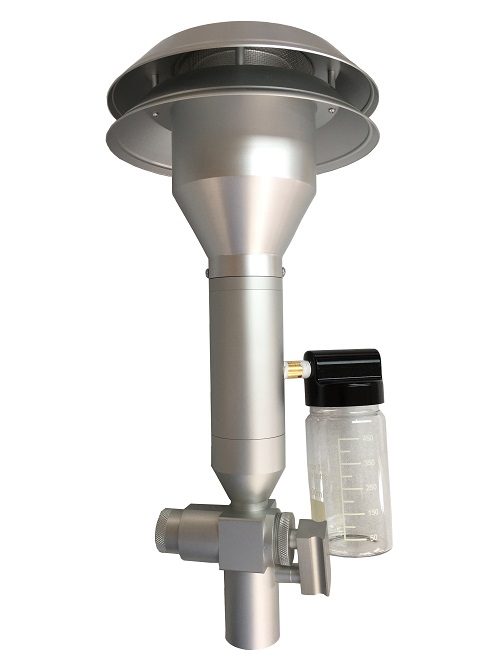
Step 3: Calibrate the Air Sampler
The calibration process is detailed and involves several important steps:
Verify Calibration Standards: Confirm that your calibrators for air sampler and standards are valid and certified.
Prepare The Sampler: Follow the manufacturer’s instructions to set up the air sampler, focusing on the air sampler probe and filter holder.
Adjust And Calibrate Flow Rate: Set the correct flow rate as per the manual, and use a certified flow meter to calibrate it, ensuring accurate sample collection.
Calibrate For Specific Parameters:Use the appropriate calibration gases and standards for parameters like particle size or gas concentration.
Record Calibration Data: Document every detail of the calibration process for future reference and traceability.
Step 4: Conduct Routine Maintenance
Regular maintenance is critical for optimal performance:
Clean the Exterior:Regularly clean the air sampler, especially the air sampler probe, to prevent external interference.
Inspect Filters and Sample Collection Components: Check filters and other components for damage or wear and replace or clean as needed.
Check Tubing and Connections:Ensure all connections are secure to maintain the functionality and accuracy of the air sampler.
Verify the Power Source:A stable power source is necessary for uninterrupted operation.
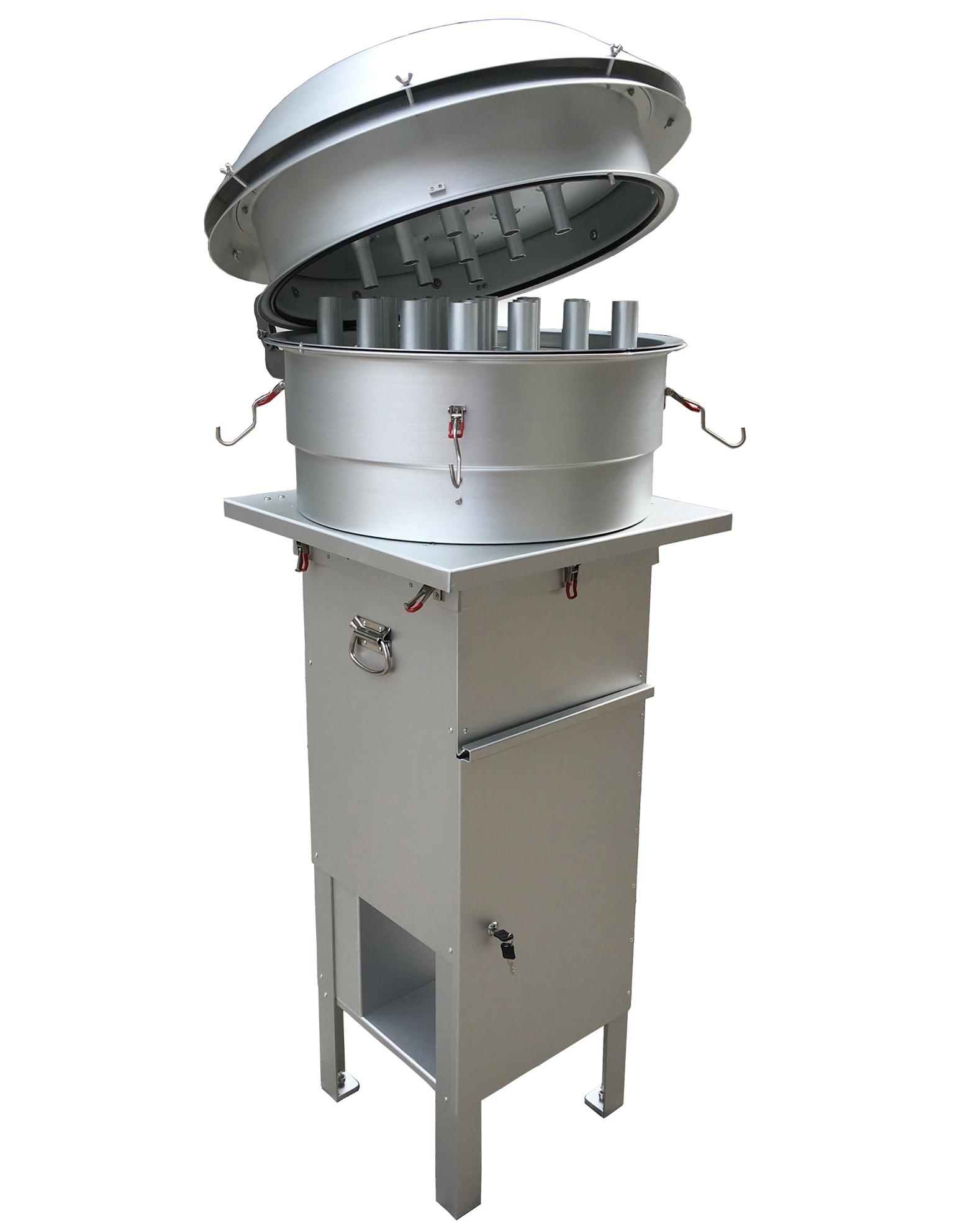
Step 5: Perform Quality Control Checks
To maintain the integrity of your data, perform routine quality control checks:
Certified Reference Instruments: Use these to confirm the accuracy of your air sampler's readings.
Duplicate Samples: Run duplicate samples periodically to verify the consistency of results.
Conclusion
By adhering to these steps, you can ensure your air sampler remains accurate and reliable, meeting the stringent quality standards required in your field. For a range of high-quality air samplers and expert advice, consider T4 AIR SAMPLER as your air sampler supplier. Contact us for more information!


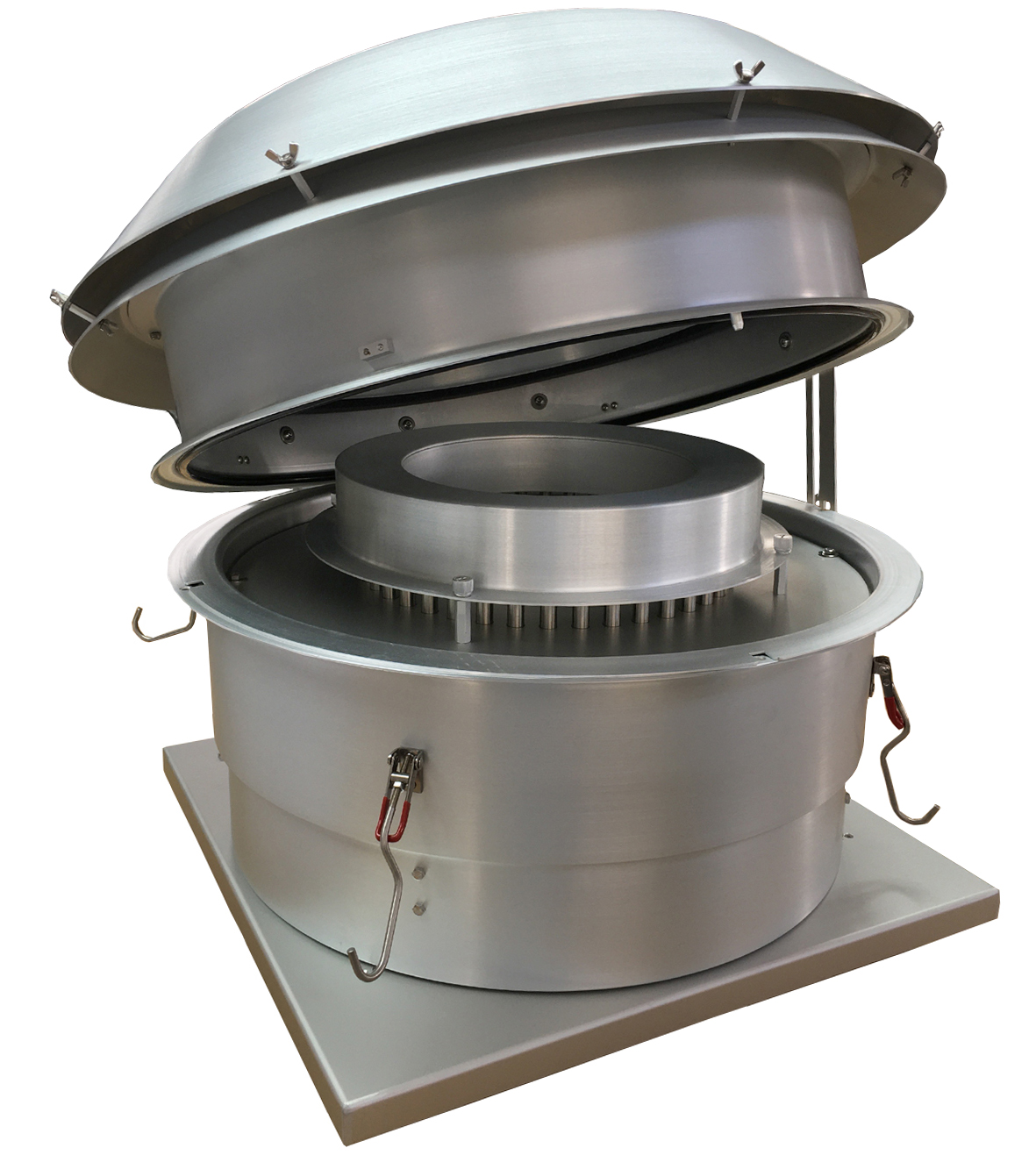
.jpg)



